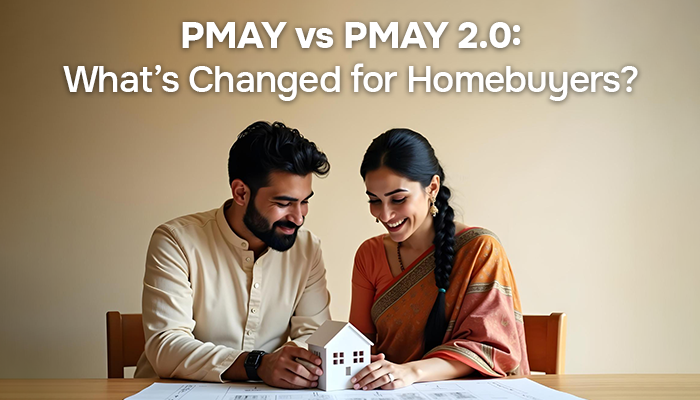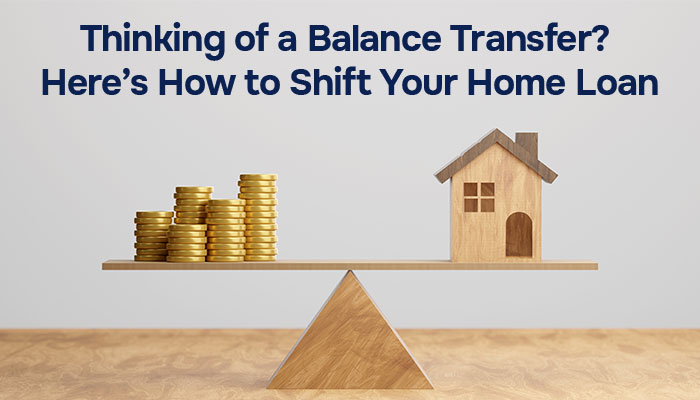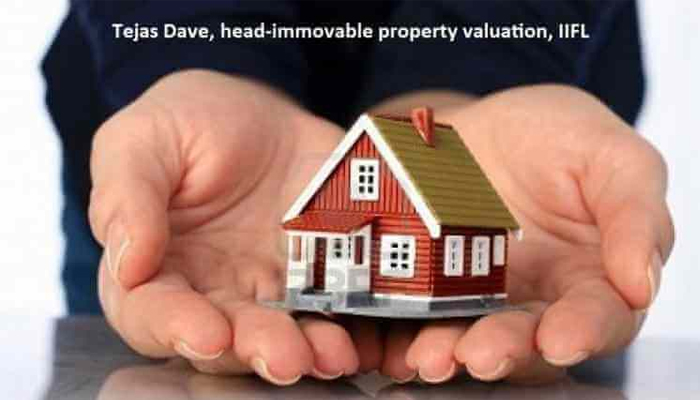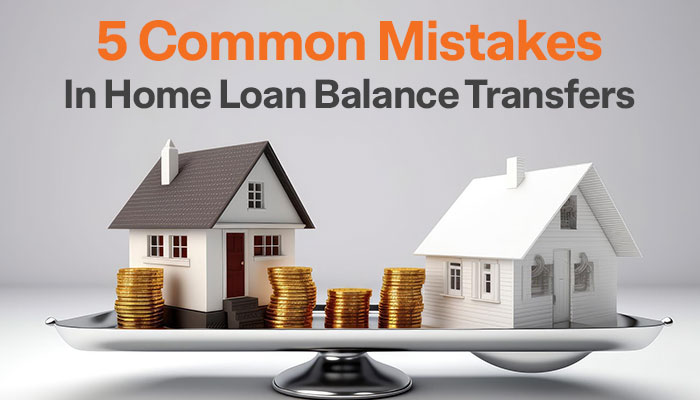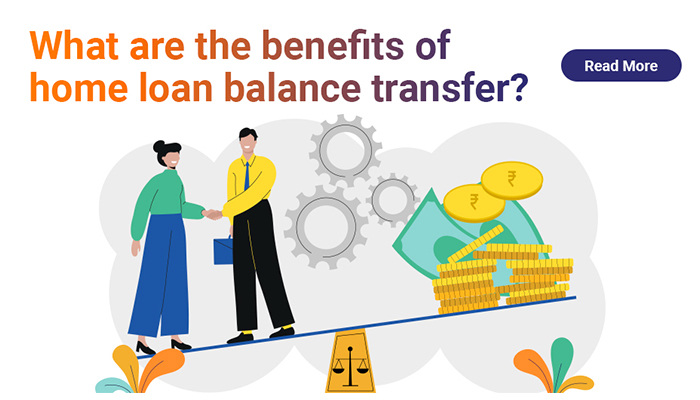How to choose the Interior Designer for your Home

Congratulations on your new home! Now comes the exciting part: transforming it into a space that reflects your personality and lifestyle. Interior design goes beyond aesthetics; it's about creating a functional and comfortable environment that meets your unique needs.

A skilled interior designer can be your partner in this creative journey. They can translate your vision into reality, navigate space limitations, and source the perfect furniture and finishes. The right designer can save you time, money, and frustration in the long run. This guide explores and answers the question: " How to Choose an Interior Designer for Your Home ".
Assessing Your Needs and Style
Before venturing on your designer search, take some time to reflect on your personal style. Here are some questions to consider:
-
Traditional vs. Contemporary vs. Eclectic: Do you gravitate towards classic elegance, the clean lines of modern design, or a playful mix of styles?
-
Colour Preferences and Mood: What colour palettes evoke a sense of comfort and inspiration for you? Do you prefer a bright and airy feel, a cosy and intimate ambience, or something else entirely?
Functionality is equally important as aesthetics. Consider these aspects:
-
Space Utilisation: How will you use each room? Do you need to maximize storage solutions or create open concept living areas?
-
Storage Needs: Evaluate your storage requirements for clothes, books, belongings, and everyday essentials.
-
Lighting Preferences: Think about the type of lighting you need for different activities — from task lighting for workspaces to warm ambient lighting for relaxation.
Researching Potential Designers
The best way to research an interior designer for your home is from your close network. Some useful tips are:
-
Asking Friends and Family: Talk to friends and family who have recently used an interior designer. Get feedback on their experience and ask for recommendations.
-
Seeking Referrals from Professionals: Reach out to your realtor, architect, or contractor for recommendations. They may work with reliable designers who understand the local market and building codes.
-
Exploring Portfolio Websites: Many designers have websites showcasing their previous projects. Look for portfolios that resonate with your style and project scope.
-
Reading Reviews and Testimonials: Read online reviews and testimonials from past clients. This can offer valuable insights into the designer's work ethic, communication style, and client satisfaction.
Evaluating Designer Credentials and Experience
Once you have a shortlist of potential designers, delve deeper into their portfolios. Here's what to look for:
-
Examining Previous Projects: See if the designer has experience with projects like yours in terms of style, size, and budget.
-
Assessing Consistency in Style and Quality: Does the designer's portfolio showcase a consistent style aesthetic that aligns with your taste? Look for high-quality photos and finishes in their work.
-
Accredited Design Institutions: Look for designers who graduated from accredited design schools or hold professional certifications.
-
Specialisations and Expertise: Some designers specialise in specific areas like residential interiors, kitchen and bath design, or sustainable design practices. Choose a designer with expertise relevant to your project needs.
Meeting and Interviewing Potential Designers
Once you've narrowed your search, schedule initial consultations with a few shortlisted designers. This is an opportunity to assess their fit for your project.
-
Clarifying Design Objectives: Have a clear idea of your design goals, budget, and timeline, before the consultation.
-
Discussing Budget and Timeline: Be upfront about your budget and desired project timeline. A transparent conversation can help avoid potential misunderstandings later.
-
Approach to the Design Process: How does the designer typically work with clients? Do they prefer a collaborative approach or a more hands-on design direction?
-
Alignment with Vision and Values: Does the designer seem to understand your vision and share similar design values?
Reviewing and Negotiating Contracts
Before signing any contracts, ensure you fully understand the scope of the work. This should include:
-
Design Phases and Deliverables: What are the different stages of the design process? What deliverables will you receive at each stage (e.g., floor plans, mood boards, material specifications)?
-
Budget Breakdown: Get a detailed breakdown of the designer's fees and any additional costs like furniture and materials.
-
Project Timeline: Agree on a realistic timeline for the project, including milestones and deadlines for each stage.

-
Revision Policy: How many rounds of revisions are included in the designer's fees? What is the process for handling additional revisions?
-
Fixed vs. Hourly Rates: Some designers charge a fixed fee for the entire project, while others charge an hourly rate. Choose the fee structure that best suits your budget and project scope.
-
Deposit and Installment Structure: Negotiate a reasonable deposit structure and payment schedule tied to project milestones.
Making the Final Decision
Once you've met with potential interior designers for your home , take some time to compare your notes and impressions:
-
Comparing Proposals and Estimates: Compare the design proposals and estimates you received, considering both the design approach and the financial breakdown.
-
Gut Feeling about Compatibility: Choose a designer you feel comfortable with and confident in their ability to translate your vision into reality.
-
Confidence in Designer's Abilities: Do you trust the designer's expertise and feel confident in their ability to manage your project effectively?
-
Signing Contract: Review and sign the final contract with the chosen designer.
-
Commencing Design Process: Schedule a kick-off meeting to discuss the next steps and timeline for the design process.
Wrapping Up
Finding the right interior designer is an important step in transforming your home into a dream space. By taking the time to assess your needs, researching potential designers, and carefully evaluating their qualifications and fit, you'll be well-positioned to make an informed decision.
Thinking about financing your dream home renovation? IIFL Home Loans offers a variety of home renovation loans that cover various expenses like flooring, tiling, remodeling, and hiring contractors, aiming to ease the financial burden of home renovations.
Explore our website to learn more about our competitive rates, flexible repayment options, and streamlined application process. You can also find a wealth of informative articles on our blog, covering everything from homeownership basics to creating a stylish and comfortable living space. Get in touch with a home loan expert today and let's turn your dream home into reality!
FAQs
Q1. How much does an interior designer typically cost?
Interior designer fees vary depending on experience, location, and project scope. Expect to pay anywhere from 10-20% of your total project budget for design fees.
Q2. What if I have a limited budget?
Many designers offer scaled-down services or hourly consultations to accommodate smaller budgets. Discuss your budget constraints upfront and see if the designer can tailor their services accordingly.
Q3. Do I need a signed contract with the designer?
A written contract protects both you and the designer. It outlines the scope of work, fees, timeline, and payment schedule. Never begin a project without a signed agreement.
Q4. What are some red flags to watch out for when choosing a designer?
Be wary of designers who are unwilling to provide references or a portfolio, or who pressure you into signing a contract without giving you time to review it thoroughly.
Q5. Can I change my mind during the design process?
While some revisions are usually included, extensive changes may incur additional fees. Communicate your ideas clearly from the outset but be prepared to be flexible as the design evolves.
Tags
Disclaimer: The information contained in this post is for general information purposes only. IIFL Home Finance Limited (including its associates and affiliates) ("the Company") assumes no liability or responsibility for any errors or omissions in the contents of this post and under no circumstances shall the Company be liable for any damage, loss, injury or disappointment, etc. suffered by any reader. All information in this post is provided "as is", with no guarantee of completeness, accuracy, timeliness, or of the results, etc. obtained from the use of this information, and without warranty of any kind, express or implied, including, but not limited to warranties of performance, merchantability, and fitness for a particular purpose. Given the changing nature of laws, rules, and regulations, there may be delays, omissions, or inaccuracies in the information contained in this post. The information on this post is provided with the understanding that the Company is not herein engaged in rendering legal, accounting, tax, or other professional advice and services. As such, it should not be used as a substitute for consultation with professional accounting, tax, legal or other competent advisers. This post may contain views and opinions which are those of the authors and do not necessarily reflect the official policy or position of any other agency or organization. This post may also contain links to external websites that are not provided or maintained by or in any way affiliated with the Company and the Company does not guarantee the accuracy, relevance, timeliness, or completeness of any information on these external websites. Any/ all (Home/ Loan Against Property/ Secured Business Loan/ Balance Transfer/ Home Improvement Loan/ NRI Home Loan/ Home Loan for Uniformed Services) loan product specifications and information that may be stated in this post are subject to change from time to time, readers are advised to reach out to the Company for current specifications of the said (Home/ Loan Against Property/ Secured Business Loan/ Balance Transfer/ Home Improvement Loan/ NRI Home Loan/ Home Loan for Uniformed Services) loan.
 Login
Login






